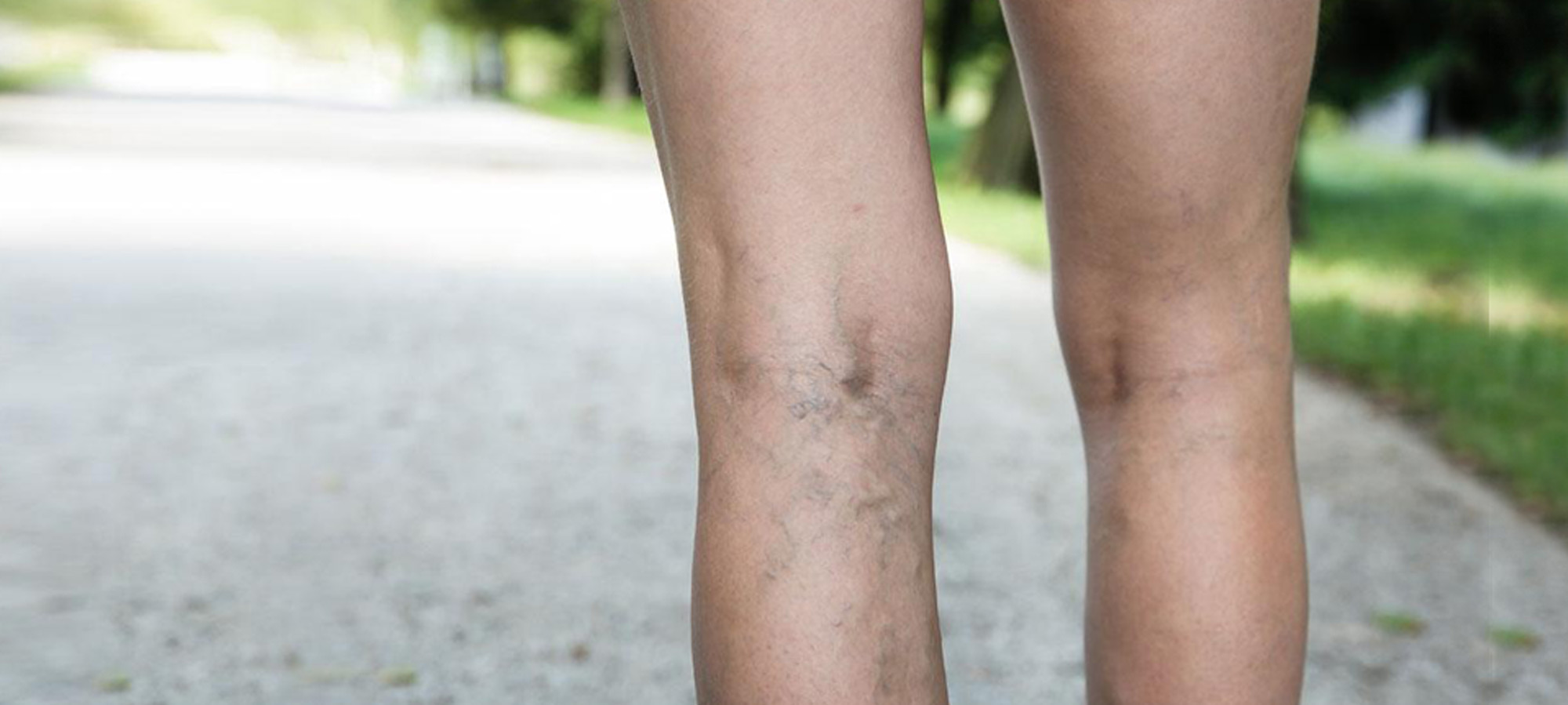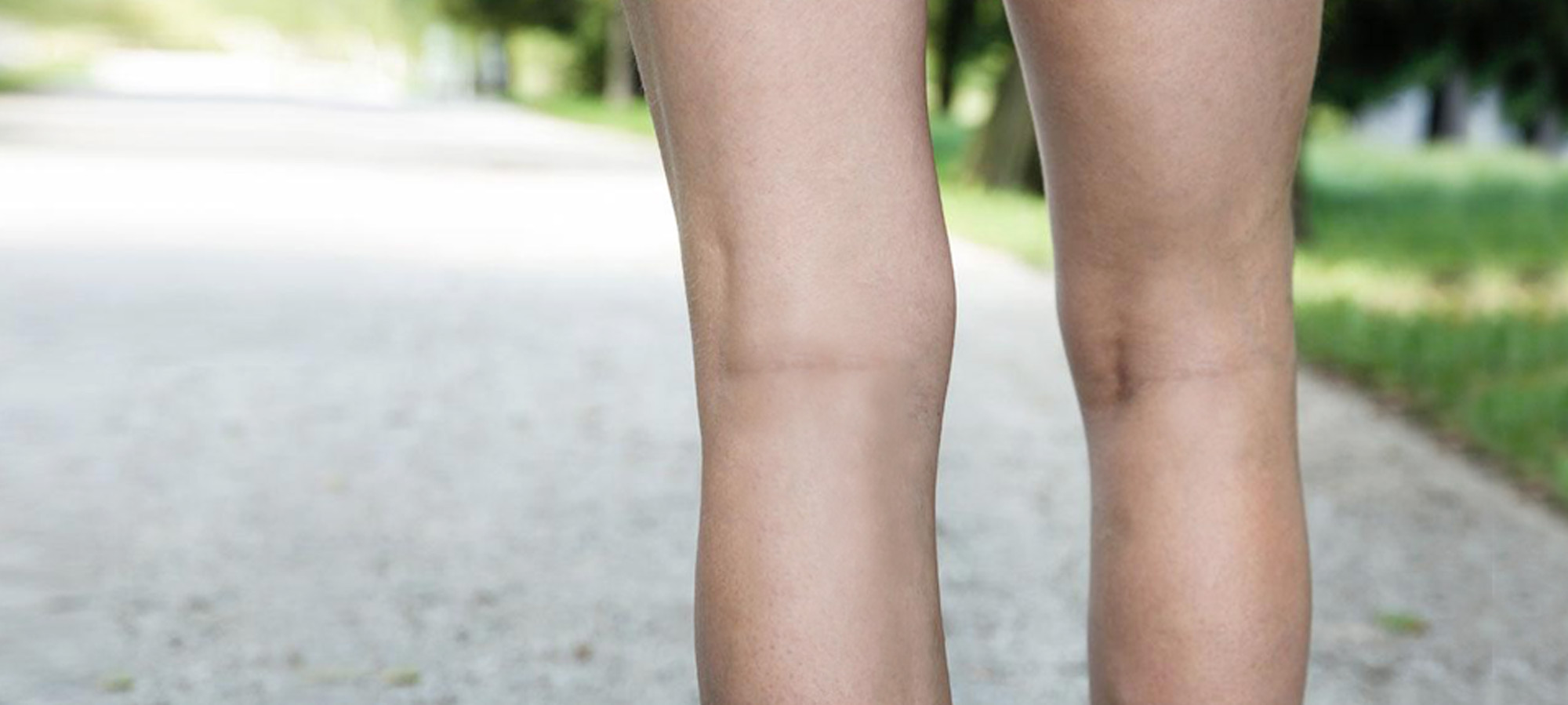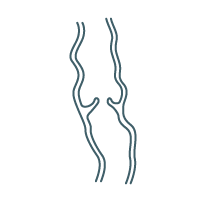OUR SERVICES
THE AREAS OF PRACTICE
Varicose Veins
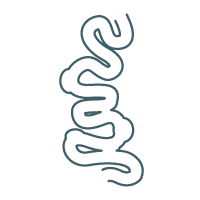
Varicose veins are enlarged veins that can be flesh colored, dark purple or blue. They often look like cords and appear twisted and bulging. They are swollen and raised above the surface of the skin. Varicose veins are commonly found on the calves or on the inside of the leg.
Causes of Varicose Veins
The heart pumps blood filled with oxygen and nutrients to the whole body. Arteries carry blood from the heart towards the body parts and veins carry oxygen-poor blood from the body back to the heart. There are valves in the veins, which prevent the blood from flowing backwards as it moves up the legs. They act as one-way flaps. If the one-way valves do not work then gravity will pull the blood down and increase pressure in the legs, causing them to enlarge and become prominent. Blood can leak down the vein and collect causing a problem called venous insufficiency. Pooled blood enlarges the vein and it becomes varicose.
Symptoms
Some of the most common symptoms associated with varicose veins include heaviness, aching, swelling, fatigue, itching, tingling, or tenderness. Pain is usually described as a dull fullness, ache, or cramping sensation. Varicose veins do not routinely cause sharp, stabbing pains.
Diagnosis
Texas Vein Care will perform a duplex ultrasound examination to visualize your blood vessels location, size, and shape and function. We map out your venous system to identify all affected portions of your veins. Texas Vein Care then creates a comprehensive treatment plan for each individual patient.
Varicose Treatments
Treatment
Endovenous Radiofrequency Ablation (RFA) is the primary therapy we use for the treatment of varicose veins. This is a minimally invasive, painless, in-office procedure done under local anesthesia. The procedure involves a sterile fiber, which is inserted into the vein and positioned with ultrasound guidance. The catheter heats the vein in 7 cm segments with 20-second treatment cycles, resulting in vein shrinkage and occlusion. The radiofrequency energy delivered seals the defective vein and the body absorbs the non-functioning vein over time. Patients can expect to see visual results that improve over a 28-day period. The procedure is very safe, usually painless, and requires minimal treatment time for the patient.
Spider Veins
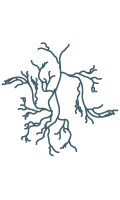
Spider veins are similar to varicose veins, but they are smaller. They are often red or blue and are closer to the surface of the skin than varicose veins. They can look like tree branches or spider webs. Spider veins can be found on the legs and face. They can cover either a very small or very large area of skin.
Causes of Spider Veins
The primary factors contributing to their development include backup of blood, heredity, pregnancy, hormones, weight gain, and prolonged standing or sitting and exposure to the sun. Spider veins typically occur more frequently in women.
Symptoms
Some symptoms associated with spider veins can include pronounced red, blue, or purple veins, aching, itching, or burning. Spider veins are usually harmless, though they can cause significant discomfort, particularly in the legs after prolonged standing. Although spider veins do not usually pose health risks, they are generally felt to be unsightly, and can cause feelings of self-consciousness. Treating these veins early can prevent worsening symptoms.
Spider Vein
Treatments
Sclerotherapy is the primary method of eliminating spider veins and can also be use in conjunction with the other treatments for varicose veins. A solution called a sclerosing agent is injected into the veins. This solution causes irritation to the inner lining of the vein resulting in closure of the vein. The number of treatments needed differs from patient to patient, depending on the extent of the problem. An average of two to four treatments is required in most cases to achieve a 70%-80% clearing. The treatment sessions are done at four to six week intervals to achieve optimal results. Successfully treated veins will disappear after the initial series of recommended treatments are completed. Patients with a history of spider veins may have a tendency to develop new veins, and thus a yearly touch up is recommended.
Conservative Therapy
There are some forms of conservative therapy that can provide relief to a degree. In some cases elevating the legs, wearing graduated compression stockings, or using anti-inflammatory medications such as ibuprofen or aspirin has been shown to help relieve swelling or pain; and in some cases improve circulation in legs affected by varicose veins. It may be suggested or in some cases required by insurance companies to manage the symptoms for as period of time with conservative therapy prior to other venous procedures. Before starting any therapies it is advised to see your physician to see which treatment path would be best for you.
Post Treatment
Many patients experience immediate relief from symptoms and experience little to no post-operative pain. Walking is encouraged after the procedure and minor bruising and soreness can be treated with over-the-counter, non-aspirin, pain medication. We recommend wearing compression stockings on the schedule provided by your physician. A Venous Doppler examination will be conducted at one week, one month and one year thereafter.
Lymphedema
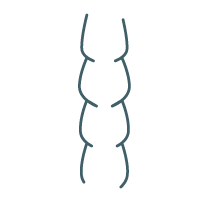
Lymphedema is swelling in one or more extremities that results from impaired flow of the lymphatic system.
The lymphatic system is a network of specialized vessels (lymph vessels) throughout the body whose purpose is to collect excess lymph fluid with proteins, lipids, and waste products from the tissues. This fluid is then carried to the lymph nodes, which filter waste products and contain infection-fighting cells called lymphocytes. The excess fluid in the lymph vessels is eventually returned to the bloodstream. When the lymph vessels are blocked or unable to carry lymph fluid away from the tissues, localized swelling (lymphedema) is the result.
Symptoms
- Symptoms of lymphedema include swelling in one or more extremities. The swelling may range from mild to severe and disfiguring.
- redness of the skin
- asymmetrical appearance of the extremities
- tightness or reduced flexibility in the joints
- slight puffiness of the skin
testimonials
clients about us
OUR WORK
BEFORE & AFTER GALLERY
